
The world of SEO has always been a fast-paced one, with regular updates on search algorithms and new trends to look into every day.
To help you catch up and realign your strategy, we've gathered 100 valuable statistics to shed light on what's coming in SEO this year, covering figures on ranking factors, mobile, video, local, backlinks, and voice search SEO.
Feel free to jump to a particular section using the table of contents below:
Table of Contents
Top 100 SEO Statistics (2023)
Here are the top 100 SEO statistics you should know to streamline your SEO efforts:
Top SEO Statistics: Search Engine Trends
1. Google remains the biggest search engine, handling over 90 percent of all search queries worldwide. (Oberlo)
Side note: Just to put this in context, Google's closest competitor, Bing, has a market share of 2.96%.
2. 68% of all online experiences begin on a search engine. (BrightEdge)
3. Google now processes over 3.5 billion searches per day and 1.2 trillion searches per year worldwide. (Internet Live Stats)
4. Mobile search now accounts for 58.03% of searches, with desktop dropping down to 39.5%. (StatCounter)
5. 50% of all search queries contain 4 or more words. (WordStream)
6. 18% of searchers enter a new query before clicking on any results for their original search. (Moz)
7. 53% of website traffic comes from organic search, while paid search drives only 27%. (HigherVisibility)
8. Over 25% of users click the first Google search result. Results on the second page of Google have a clickthrough rate (CTR) of less than 1% for each position. (Search Engine Journal)
9. Only 5.7% of pages rank in Google's top 10 search results within a year. (Ahrefs)
10. 8% of queries are phrased as questions. (Moz)
11. 'Facebook' is the most searched keyword on Google, followed by 'YouTube' and 'Amazon.' (Ahrefs)
12. 54% of product searches start on Amazon, surpassing Google. (Oberlo)
13. Articles with 7 or fewer words in their H1 receive 36% more average organic traffic than those with 14 words or more in search. (Semrush)
14. 50% of visitors are more likely to click a result if the brand appears multiple times in search engine results. (Search Engine People)
15. The average CTR from image results on Google is 0.21%, but it varies widely by industry. (HubSpot)
16. Over half of all searches in 2021 were 1-2 words, while almost three quarters of ads shown by Google were 3-5 words. (Semrush)
17. Almost 25% of companies invest in mobile optimization as a top technical SEO tactic. (HubSpot)
18. Google still ignores title tags and rewrites the SERP title 62.1% of the time. (Semrush)
SEO Statistics: Google Ranking Factors & Keyword Statistics
19. Google's search algorithm uses over 200 factors in their algorithm for ranking websites. (Backlinko)
20. 25.02% of top-ranking pages don't have a meta description. (Ahrefs)
21. Pages on sites that load quickly rank significantly higher than pages on sites that load slowly. (Backlinko)
22. Compressing images and text could help 25% of web pages save more than 250KB and 10% save more than 1 MB. These changes reduce bounce rates and increase page rank on Google SERPs. (Google)
Bottom line? Invest in Image SEO.
23. Nearly 60% of the pages ranking in the top 10 Google results are 3 or more years old. (Ahrefs)
24. The average page in Google's top 10 search results is over 2 years old. (Ahrefs)
25. The first 5 Google search results account for 67.6% of all clicks. (Zero Web Limit)
26. Low bounce rates correlate with higher rankings on Google. (Backlinko)
27. 97% of page-one results have at least one image on the page. (SEO Tribunal)
28. Companies that blog have 434% more indexed pages than those that don't. (HubSpot)
29. Organic search results that rank on page 1 of Google contain an average of 1,890 words. (Backlinko)
30. Updating and relaunching your old posts with fresh information and visuals can increase search traffic by as much as 146%. (99signals)
31. The average top-ranking page on Google also ranks in the top 10 search results for nearly 1,000 other relevant keywords. (Ahrefs)
Bottom line? Don't underestimate keyword research.
32. The average content length for a web page that ranks in the top 10 results for any keyword on Google has at least 2,000 words. (Quick Sprout)
Mobile SEO Statistics
33. 30% of all mobile searches are related to a location. (Backlinko)
34. Mobile drives 58% of all Google searches. (Hitwise)
35. Google indexes websites based on their mobile user experience. (Google)
36. 87% of smartphone owners use a search engine daily. (Go-Globe)
37. Almost 9 in 10 smartphone users are not absolutely certain of the specific brand they want to buy when looking for information online. (Google)
38. 51% of smartphone users have found a new company or product when searching on mobile. (Google)
39. Nearly 3/4th of all mobile searches result in the user taking an online action, generally within an hour. (Brainvire)
40. The first organic listing on mobile receives 27.7% of clicks, versus 19.3% of clicks on desktop. (SEOClarity)
41. 35% of shoppers say that mobiles are their main purchasing tool. (SERPWatch)
42. Mobile searches for "best" have grown over 80% in the past two years. (Google)
43. In the past two years, mobile searches for "product reviews" have grown over 35%. (Google)
44. 47% of consumers expect a web page to load in 2 seconds or less. (Neil Patel)
45. 57% of consumers claim that they won't recommend a business that has a poorly designed mobile website. (socPub)
46. 40% of searchers have turned to a competitor's site after a bad mobile experience. (Google)
Off-Page SEO Statistics: Backlink Stats
47. Site authority signaling is moving towards brand mentions, or linkless link building. (Search Engine Land)
48. Generating a strong backlink profile today is about earning links, through strong content, active social sharing, email promotion, PR, strategic guest posting, and effective influencer marketing. (The Marketing Scope)
49. Links still rank in the top three most important Google ranking factors, along with content and RankBrain. (Search Engine Land)
50. High-quality backlinks account for 30% of your overall page score in Google. (Quick Sprout)
51. A single link from a quality site will be counted more than links from many irrelevant sites (Adlibweb)
52. Companies who engage in blogging receive 97% more backlinks to their site. (HubSpot)
53. On average, long-form content receives 77.2% more backlinks than short articles. (Backlinko)
54. The #1 ranking page in the search results gets an additional 5%-14.5% more dofollow backlinks from new websites each month. (Ahrefs)
55. More than 66% of pages have zero backlinks pointing to them. (Ahrefs)
56. An Ahrefs study found that 43.7% of top-ranking pages in Google contain reciprocal links. (Ahrefs)
57. 42% of SEOs spend equal time building internal links as they do external links. (Databox)
58. The domain authority of the site that your page is published on is more important than the page authority of the page itself. (Backlinko)
59. Content format matters: List-style articles have the highest average referring domains of any content form at 6.19. (Moz)
60. A low-authority link's average cost is $150 per link, while a high-authority link is $1,000. (SiegeMedia)
SEO Statistics: Voice Search
61. 65% of 25-49-year-olds speak to their voice-enabled devices at least once per day. (PwC)
62. Speech recognition on Google now supports more than 100 languages. (FirstSiteGuide)
63. 30% of web browsing is screenless. (Gartner)
64. Half of all online searches are voice searches. (ComScore)
65. 52% of people use voice search while driving. (Social Media Today)
66. 51% of those who shop via voice use it to research products. (Narvar)
67. 22% of those consumers make purchases directly through voice and 17% have used it to reorder items. (Narvar)
68. Nearly 20% of all voice search queries are triggered by a set of 25 keywords. (SEOClarity)
69. Nearly 10% of voice search queries begin as actual questions – who, what, when, where, why, how – as compared to only 3.7% of text-based searches. (Bruce Clay)
70. Voice search results typically load in 4.6 seconds, which is 52% faster than the load time of the average page. (Backlinko)
71. The average page Google voice search result contains 2,312 words. (Backlinko)
72. The top 3 categories in which consumers use voice-activated search to make purchases are groceries (20%), entertainment (19%), and electronics (17%). (OC&C Strategy Consultants)
73. The top item people use voice search for is to find deals, promos, and sales. (Social Media Today)
74. Siri continues to lead the smartphone voice assistant market share with 48.4% of users. (99firms)
Video SEO Statistics
75. 62% of Google universal searches include video. (Marketing Land)
76. People will spend 100 minutes a day watching online videos in 2021. (Marketing Charts)
77. Video is 50 times more likely to get organic page ranks in Google than plain text results. (Forrester Research)
78. Having a video on your landing page increases your chance of being on the first page of Google by 53%. (Strother Communications Group)
79. Posts with videos attract three times more inbound links than plain text posts. (Moz)
80. 52% of marketers say video is the type of content with the best ROI. (HubSpot)
81. Posts with videos earn more backlinks and see a 157% boost in search traffic. (Search Engine People)
82. An analysis of 1.3 million YouTube Videos found that the number of comments, view count, number of shares, and number of likes had a strong correlation with higher YouTube rankings. (Backlinko)
83. 68.2% of first page YouTube results are HD videos. (Backlinko)
84. 48% of consumers want videos to reflect what they are interested in. (Marketing Charts)
85. Video marketing isn't just B2C-focused. (Marketing Charts)
86. 75% of all video plays are on mobile devices. (eMarketer)
87. Viewers retain 95% of a message when they watch it in a video, compared to 10% when reading it in text. (Insivia)
88. 59% of executives say they would rather watch a video than read text. (WordStream)
Local SEO Statistics
89. 4 in 5 consumers use search engines to find local information. (Google)
90. 46% of all Google searches are looking for local information. (GoGulf)
91. 97% of people learn more about a local company online than anywhere else. (SEO Tribunal)
92. 61% of mobile searchers are more likely to contact a local business if they have a mobile-friendly site. (HubSpot)
93. 80% of local searches convert. (WebFX)
94. 50% of mobile users that conduct searches for a local business will end up visiting the establishment within the day. (SERPWatch)
95. "Near me" or "close by" type searches grew by more than 900% over two years. (Chat Meter)
96. 92% of searchers will pick businesses on the first page of local search results. (SEO Expert)
97. A Yelp page is present in the top 5 results for 92% of search queries that contain a city and business category. (Fresh Chalk)
98. 72% of computer or tablet users and 67% of smartphone users want ads that are customized to their city or zip code. (Google)
99. 58% of consumers use voice search to find local business information. (Search Engine Journal)
100. 75% of people aged 35-54, read reviews on mobile browsers. (BrightLocal)
Conclusion
This year, back your marketing decisions with data from experts to craft powerful campaigns.
There is a huge trend moving towards mobile and voice search, and more and more consumers are using these technologies to find local businesses that can cater to their needs. Video remains the most engaging, and link building is becoming more about strengthening your brand as a whole.
Keep this in mind as you move, and stay on top of your SEO game.
If you found this article useful, please share it on Twitter using the link below:
Editor's Note: This was article was originally published on 24 April 2020 and has been updated regularly since then for relevance and comprehensiveness.
Related Articles

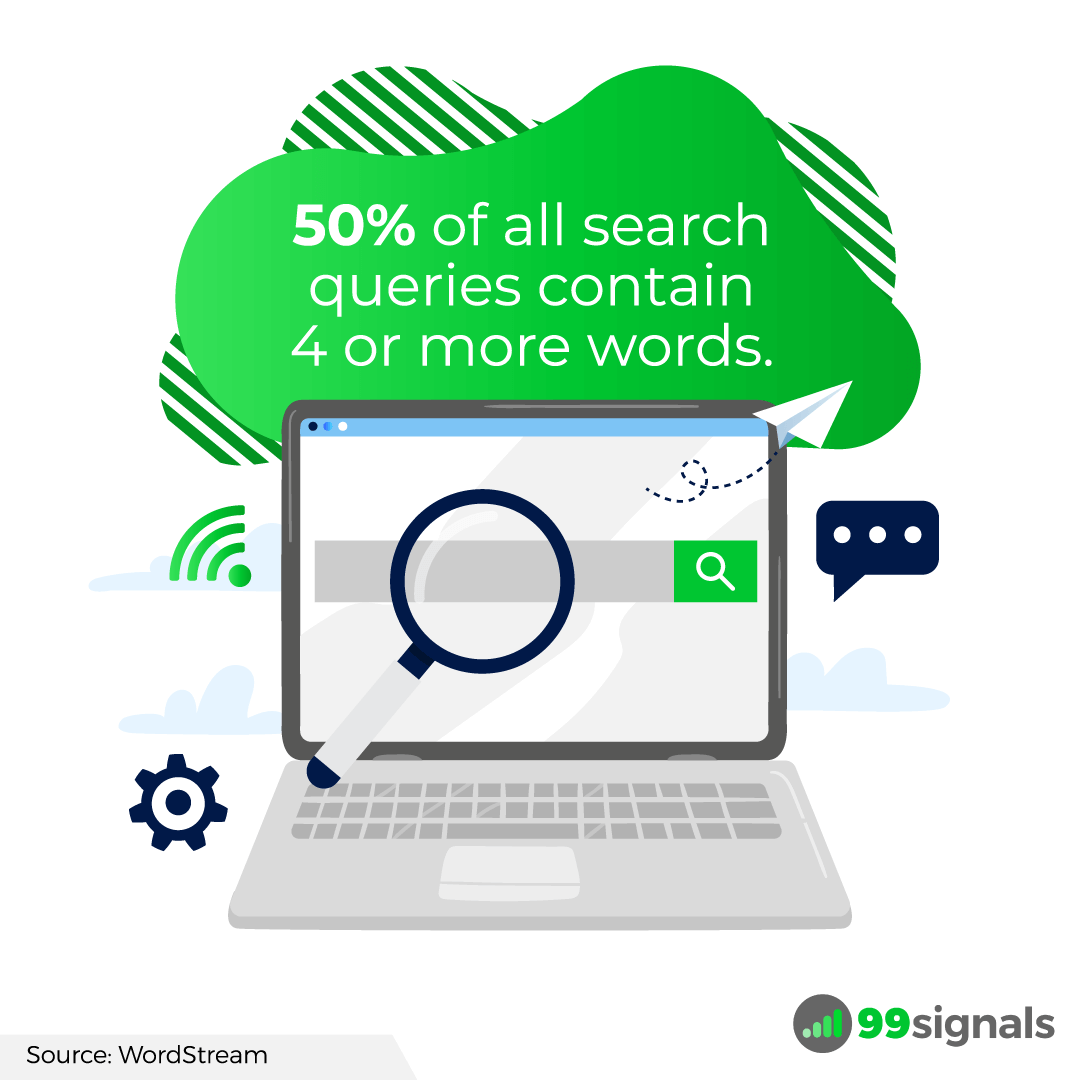
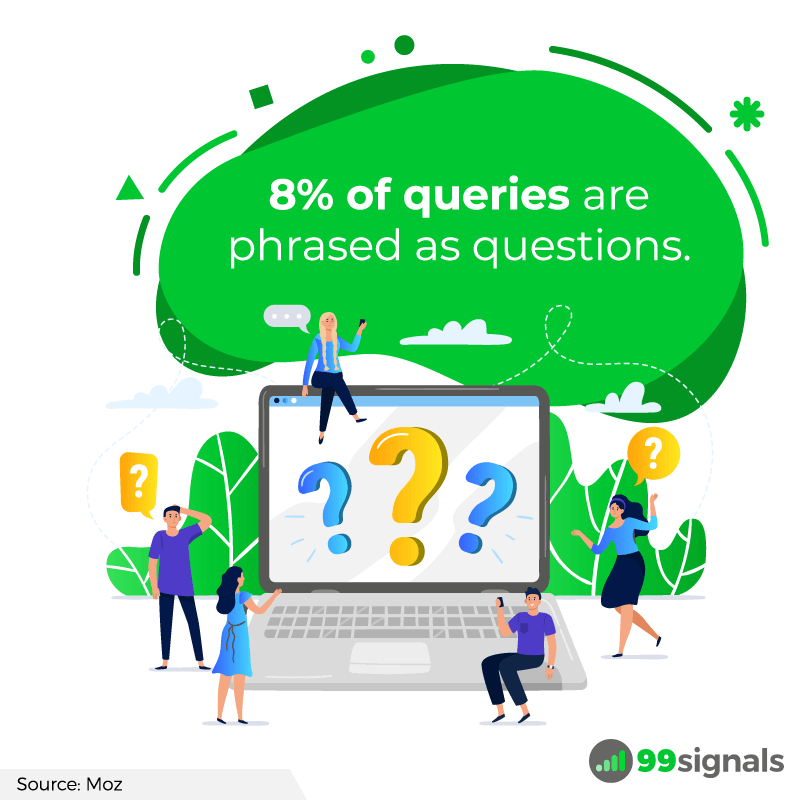
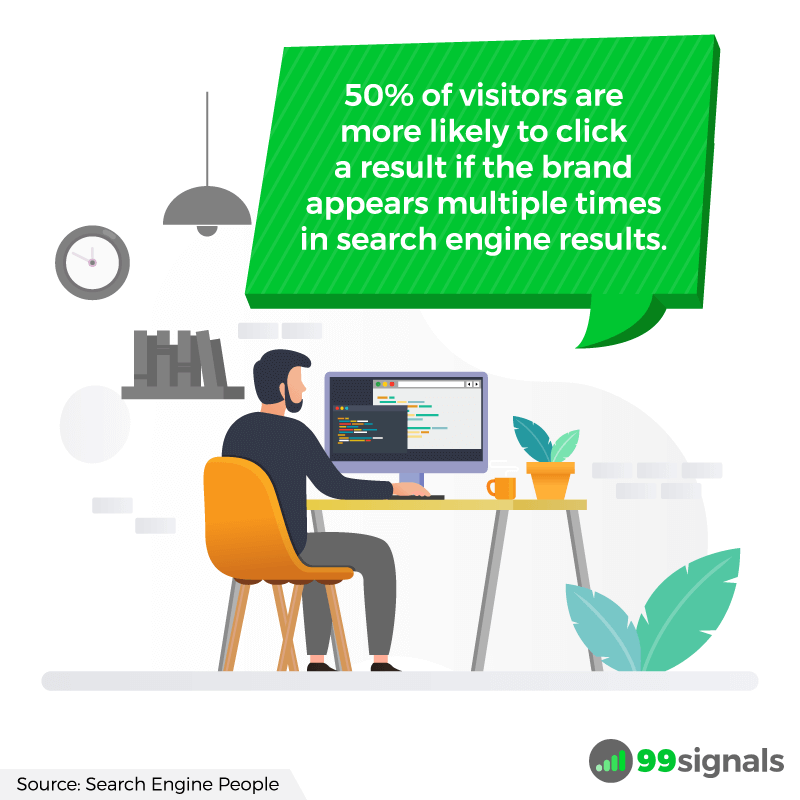
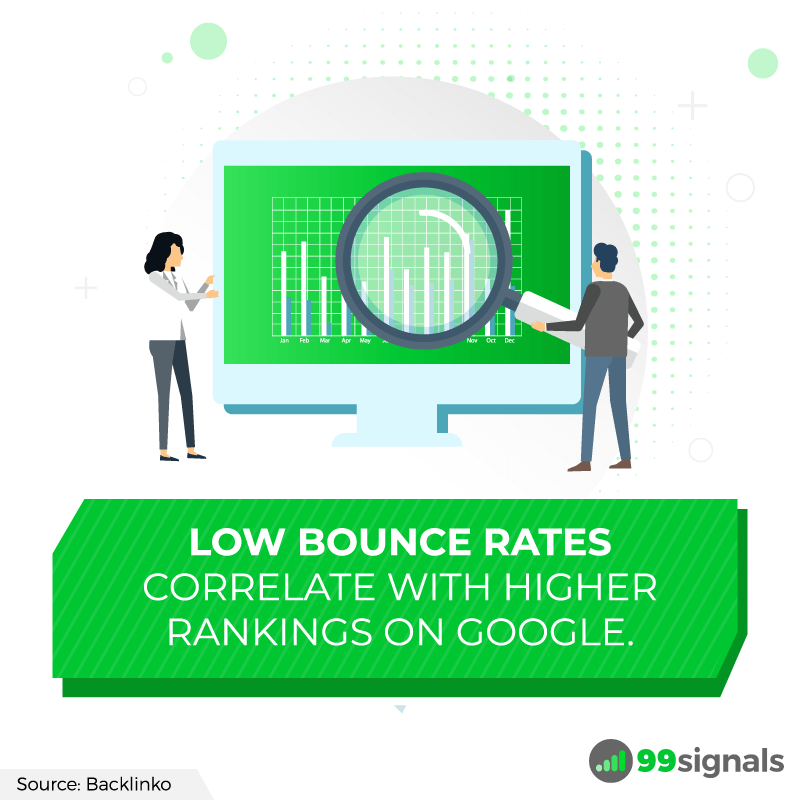
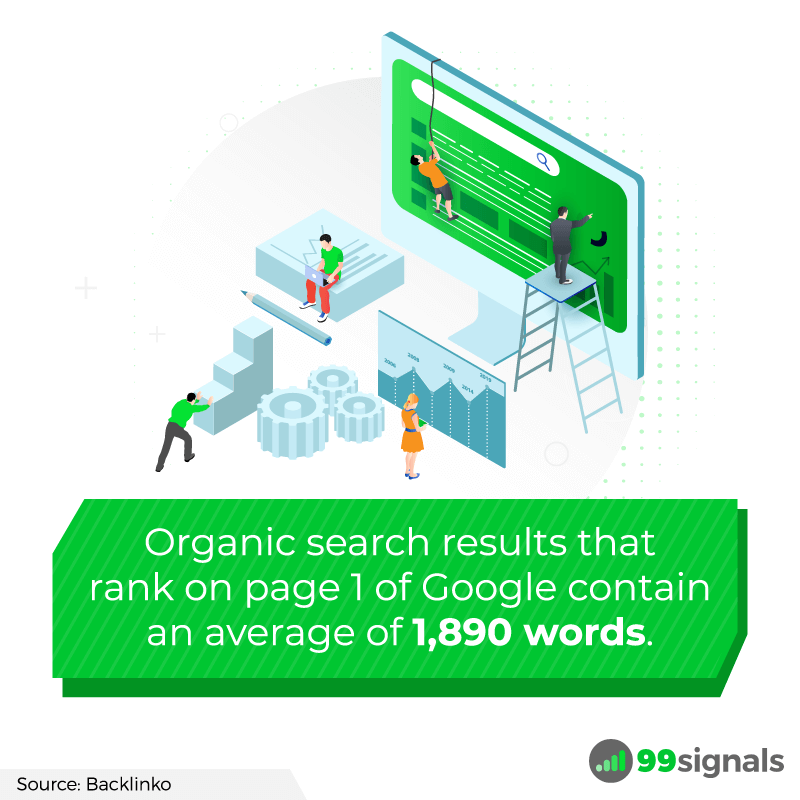
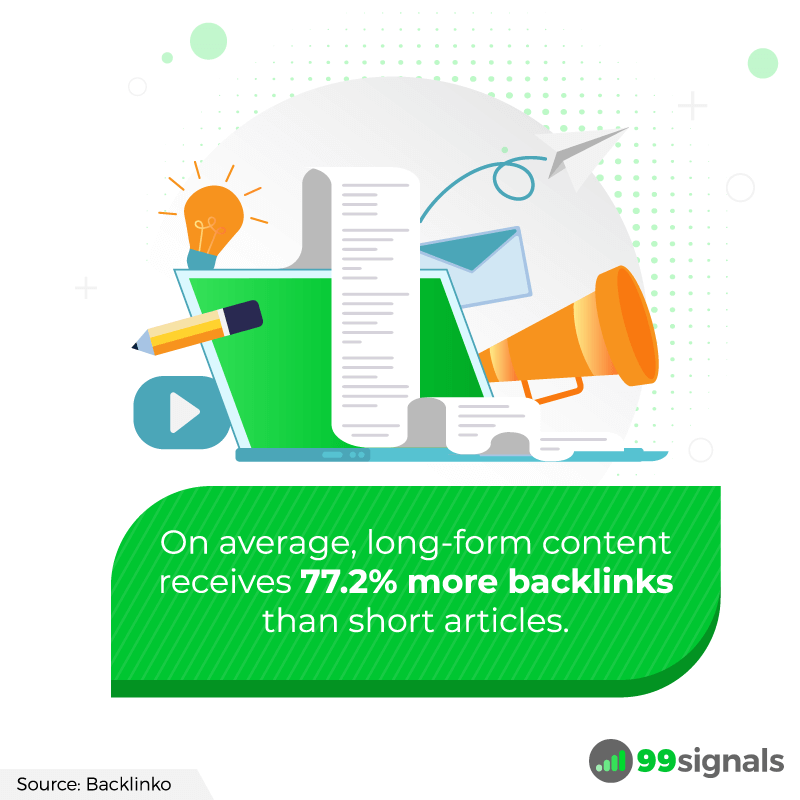
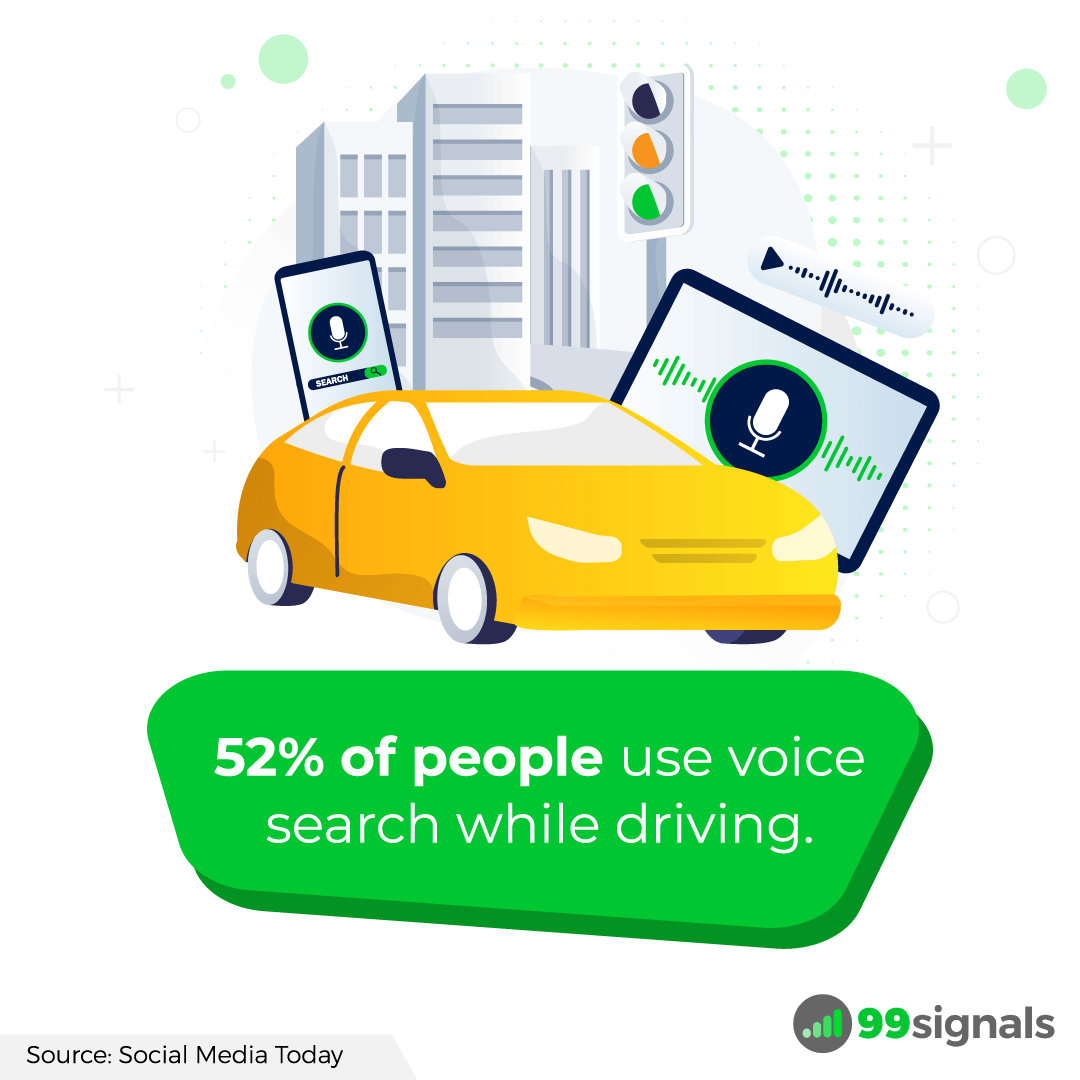

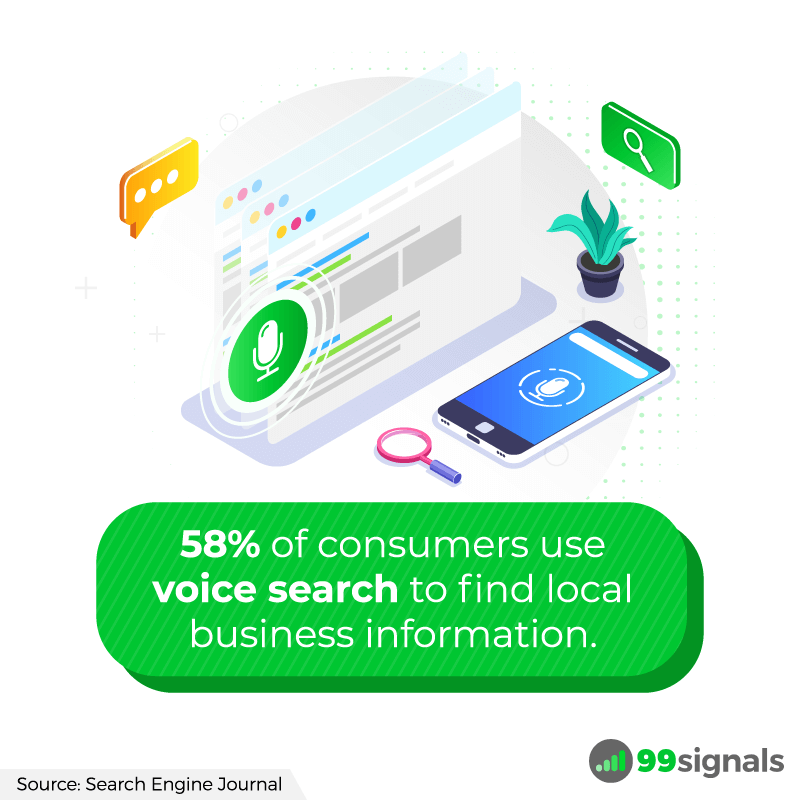








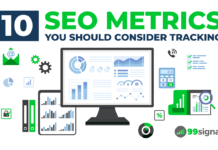
That's awesome Ria. Thank you for sharing these statistics on SEO strategy.
[…] is familiar with search engines and utilizes them to look for information on various topics. To be clear, nearly 93% of all online experiences usually start through search engines. That is where SEO comes in handy. […]
[…] 99Signals […]
[…] – It almost seems counterintuitive that SEO would have a higher ROI than paid ads. However, 94% of clicks are on organic rankings, with only 6% going to ads. That means organic ranking efforts […]
You have a lot of interesting data on SEO. However, there are other stats that you can include in your article, such as the percentage of online experiences, etc.